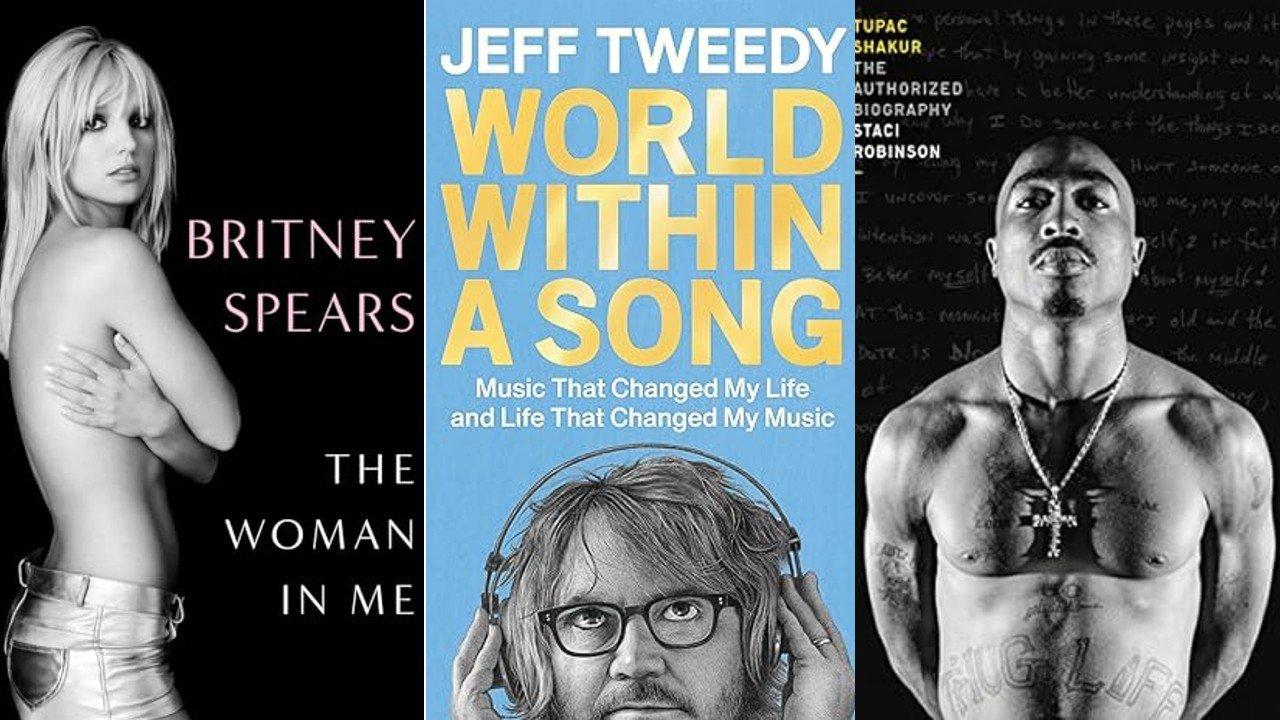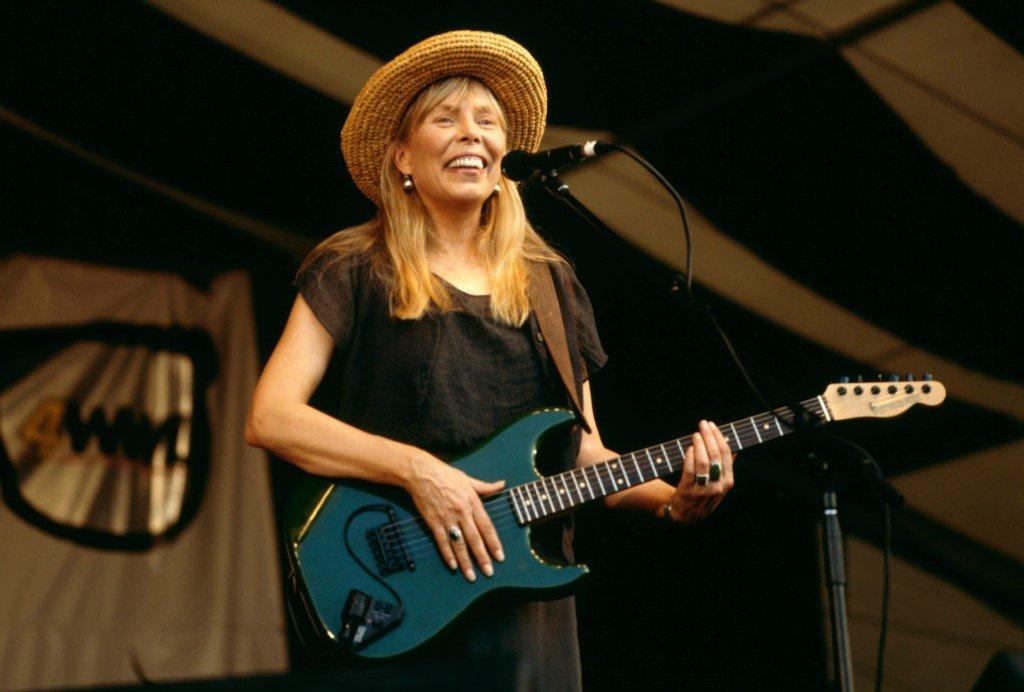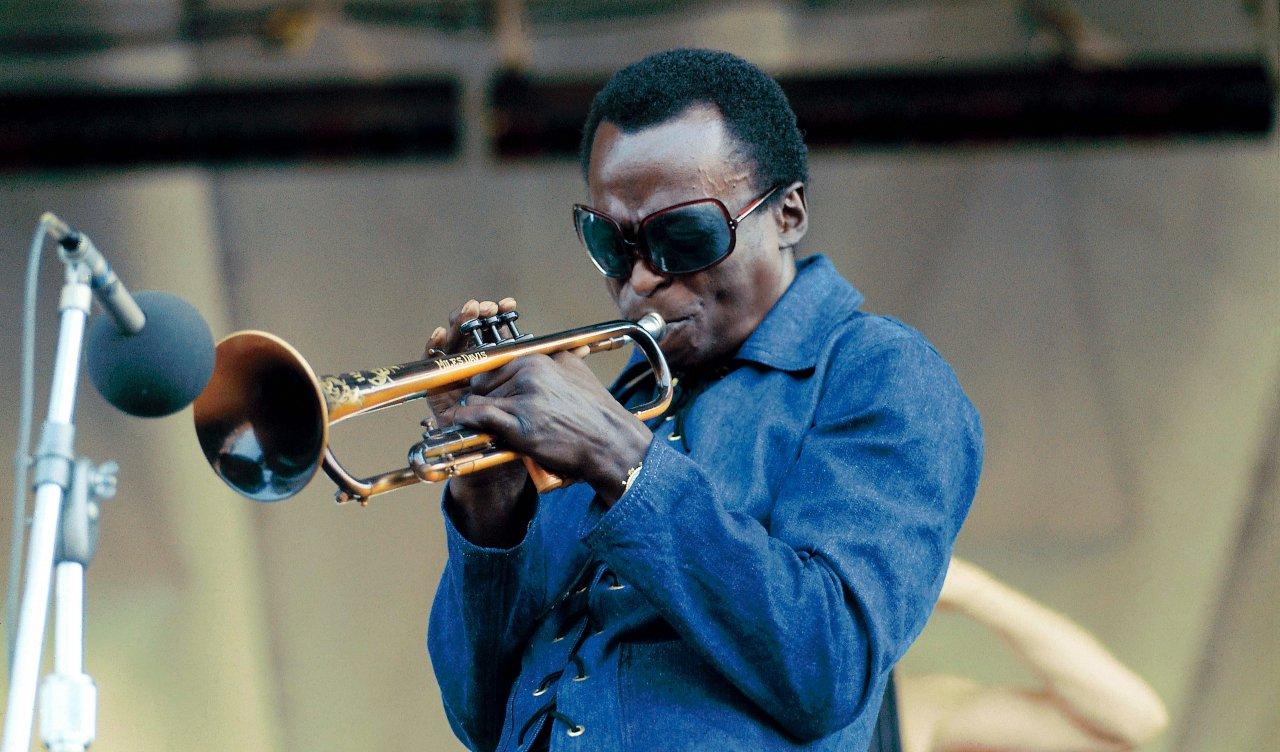When charismatic jazz bassist/vocalist Esperanza Spalding edged Justin Bieber, Drake, Florence & The Machine, and Mumford & Sons to win the GRAMMY for Best New Artist at the 53rd Annual GRAMMY Awards in 2011, it sent a shockwave through the music industry. In fact, it might have been the biggest GRAMMY surprise since … 2007, when jazz legend Herbie Hancock's River: The Joni Letters won Album Of The Year.
Hancock was emotional during his acceptance speech, even though he'd already won 10 GRAMMYs prior to that point. Gary Burton, the vibraphonist who helped pioneer the fusion of jazz and rock in the late '60s, knows how he felt.
"When I look at the six statues on my shelf, I get a great sense of pride," says Burton. "I know these awards, unlike other accolades, come from the musician community. It feels like a great honor each time."
Burton's first GRAMMY came in 1972, when he was 29 years old. "I used to think that after a time or two it wouldn't mean that much," recalls Burton. "Yet I still get all emotional about receiving this unique honor."
Kurt Elling won his first GRAMMY at the 52nd Annual GRAMMY Awards in 2010, after receiving eight prior nominations. Often called the outstanding male singer of his generation, Elling — who is nominated this year for Best Jazz Vocal Album for The Gate — takes none of this for granted.
"There are several jazz musicians who are my seniors in age and accomplishment but [who] never had the pleasure of receiving an award," says Elling. "Nominations, yes, but never an award. While I revel in the memories of my own GRAMMY moment, I also know how it feels to walk away empty-handed.”
Jazz has many branches on the GRAMMY family tree. Although rock and roll had made major inroads by 1958, when the awards debuted, American music still stood largely at the intersection of jazz and pop, as it had since the swing era. That fact helps explain why, at the inaugural GRAMMY Awards, Ella Fitzgerald won for Best Jazz Performance, Individual and Best Vocal Performance, Female.
Fitzgerald won twice again in 1959, the same year Duke Ellington was honored with three GRAMMYs for Anatomy Of A Murder. Both artists continued to rack up awards into the '60s, sharing the spotlight with such luminaries as Count Basie, Bill Evans and Stan Getz, the latter of whom introduced bossa nova to American audiences with 1964's Album Of The Year-winning Getz/Gilberto.
By the '70s, a new generation of artists — Burton, Chick Corea, Al Jarreau, and Weather Report — was appearing in the GRAMMY winners' circle along with the likes of Ellington and Oscar Peterson.
Legend Miles Davis picked up his third GRAMMY in 1982 for Best Jazz Instrumental Performance, Soloist for "We Want Miles," following one win in each of the previous decades. That same year, master guitarist Pat Metheny won his first GRAMMY, beginning an unprecedented run that has resulted in 15 career GRAMMY Awards in the Jazz Field, among his 18 total awards.
Meanwhile, Fitzgerald added to her trophy case with three GRAMMYs in the '80s. But jazz also took a right turn with the neo-classic approach of trumpeter Wynton Marsalis — who won six jazz statuettes during the decade — as reflected by other winners such as veteran vocalists Jon Hendricks and Joe Williams.
Aside from Fitzgerald, the most awarded female jazz vocalist is Dianne Reeves, who won four GRAMMYs between 2000–2005, eclipsing several of her idols, including Sarah Vaughan and Betty Carter.
"When you speak in terms of people like that," says Reeves, her voice trailing off in awe, "they paved the way. They were all rooted in jazz, but they sang everything. So for me jazz represents something more than just a genre. The jazz GRAMMY is to me an award for being a freethinker.”
Reeves best remembers her first GRAMMY win in 2000 for Best Jazz Vocal Album for In The Moment — Live In Concert, mostly because it was the only time among her nominations that she was not at the ceremony.
"I had been in an accident, and I watched Tony Bennett and Erykah Badu announce my win on TV," says Reeves. "It was one of the few times a jazz award was presented during the telecast, and I wasn't even there!" (As a consolation, her "family descended on the house" and re-enacted the presentation, with Reeves' sister acting as Badu and her cousin taking the role of Bennett.)
Much like pop, jazz has had no clear overriding direction for most of the last 20 years, and that too is reflected among the awards recipients. Since 1990 winners in the Jazz Field have ranged from past legends (Getz, Davis, Quincy Jones, and Sonny Rollins) to younger giants such as McCoy Tyner, Wayne Shorter and Hancock, who in 1994 won his first Jazz GRAMMY (in a collection that includes trophies for R&B, pop and composition) and yet another new generation, characterized by the late master saxist Michael Brecker, trumpeters Terence Blanchard and Arturo Sandoval, vocalist Cassandra Wilson, and Spalding, who is also nominated this year for her contributions to Joe Lovano/Us Five's Bird Songs.
At the tender age of 27, Spalding has been initiated into the group of jazz elite.
"When someone receives a GRAMMY, for me and I think for the average person, you think, 'Oh wow, they were acknowledged,'" says Spalding. "It's like validating what you do among their peers.
"But the process of a jazz musician evolves over a lifetime. You don't judge your progress based on your fame — or your notoriety. So when I think of Basie and Ella and the rest, I think of the music they made and the work they did, and receiving the GRAMMY is a small slice of that."
The shifting winds in jazz make Burton's unique GRAMMY résumé all the more impressive: Either on his own or in his duo with Corea (who is looking to add to his 16 GRAMMY wins this year), Burton has won in each decade starting with the '70s.
"Spread out like that over four or five decades, they offer me reassurance that I am still part of the scene that means so much to me," says Burton.
(Neil Tesser has broadcast, written about and helped program jazz in Chicago for more than 35 years. His work has appeared in Jazz Times, USA Today, Chicago Daily News, Rolling Stone, Melody Maker, and The New York Times. Tesser received a GRAMMY nomination in 1985 for Best Album Notes for The Girl From Ipanema — The Bossa Nova Years.)
Follow GRAMMY.com for our inside look at GRAMMY news, blogs, photos, videos, and of course nominees. Stay up to the minute with GRAMMY Live. Check out the GRAMMY legacy with GRAMMY Rewind. Keep track of this year's GRAMMY Week events, and explore this year's GRAMMY Fields. Or check out the collaborations at Re:Generation, presented by Hyundai Veloster. And join the conversation at Facebook, Twitter, and YouTube.




